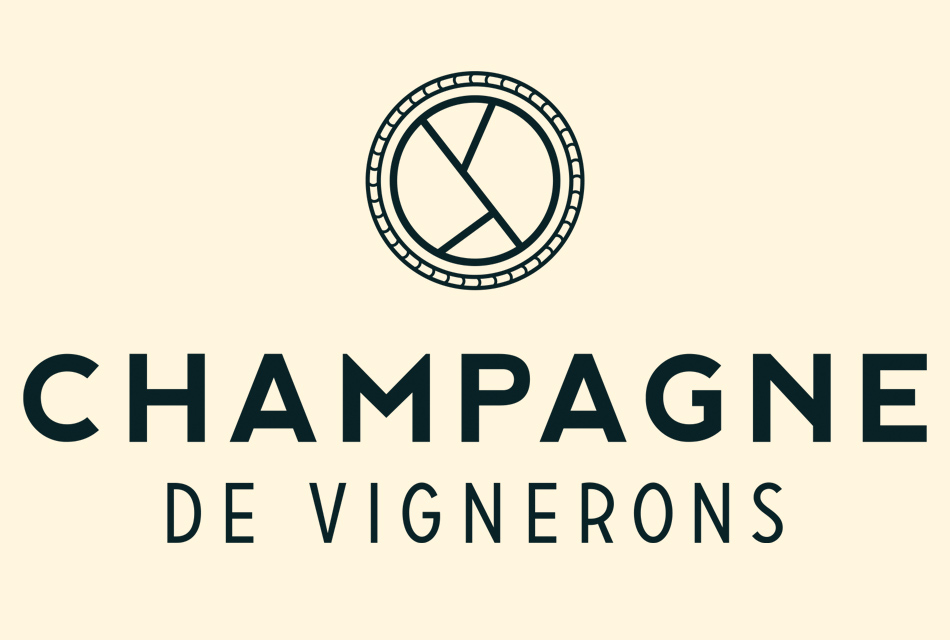
Champagne de Vignerons was created in 2001 by the Syndicat Général des Vignerons de la Champagne and is the only collective banner carried by a winegrowers' union. This singularity enables it to claim an identity and strong values: craftsmanship, authenticity and the creation of exceptional vintages.
These rare and unique wines are :
- From a unique terroir and family vineyards with expertise handed down from generation to generation.
- Of high quality, with vines cultivated by the winegrowers themselves and vinified on their own estate or within winegrowers' unions.
- Of great diversity and character: almost 4,000 winegrowers and winegrower unions are united under this banner.
All champagnes have their characters. Although this richness is a strength, it can also impress, or even dissuade. In order to guide the consumer in his champagne selection, Champagne de Vignerons has deployed a simple classification, based on a common discourse. The key to its interpretation? The wines' sensory profile, with three typologies, three “Characters”:

- Caractère Vif: a frank character, champagnes full of vivacity, carried by the dominant fresh energy.
- Caractère Fruité: a greedy character where the fruit is in the glass. Supple champagnes, with rich fruit aromas and a delicate sweetness.
- Caractère Intense: a strong character, perfect for gastronomy. Assertive champagnes, displaying the full aromatic strength of their ageing.
One character, 10 nuances:
- Lively: dynamic, iodized, floral, fresh, frank, mineral, pulpy, salty, tense, tonic.
- Fruity: fleshy, generous, greedy, mellow, opulent, round, silky, suave, tender, velvety.
- Intense: ample, woody, full-bodied, spicy, evolved, mature, unctuous, smooth, vinous.
As declared by Clotilde Chauvet, co-rapporteur of the Marketing Support Commission of the Syndicat Général des Vignerons de la Champagne, “The objectives of this classification are multiple: bring simplicity, inform on the aromatic profile of the champagne and its origin, guide the consumer and make him want to discover this diversity”.
Guided by these precise terms, each professional naturally adopts a common, intelligible and explicit discourse to accompany their customers. Thanks to these evocative words, each consumer can imagine which champagne suits him or her, because each cuvée corresponds to a taste and a tasting moment. According to Maxime Toubart, President of the Syndicat Général des Vignerons de la Champagne, “the key is to propose the right champagne at the right time and to communicate about it. Segmentation has been deployed to structure the winegrowers' champagne offer so that the prescribers appropriate an easily understandable vocabulary with a common, intelligible and explicit discourse to accompany their customers”.
By uniting all the champagnes of winegrowers around a common vocabulary, the characters underline more than ever their incredible diversity.
Sandy Bénard-Ravoisier